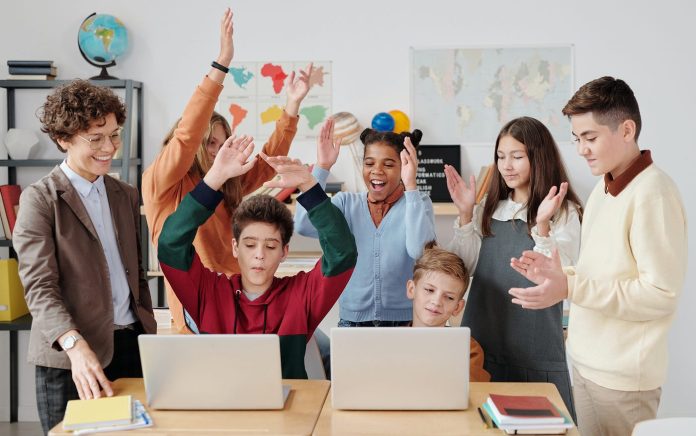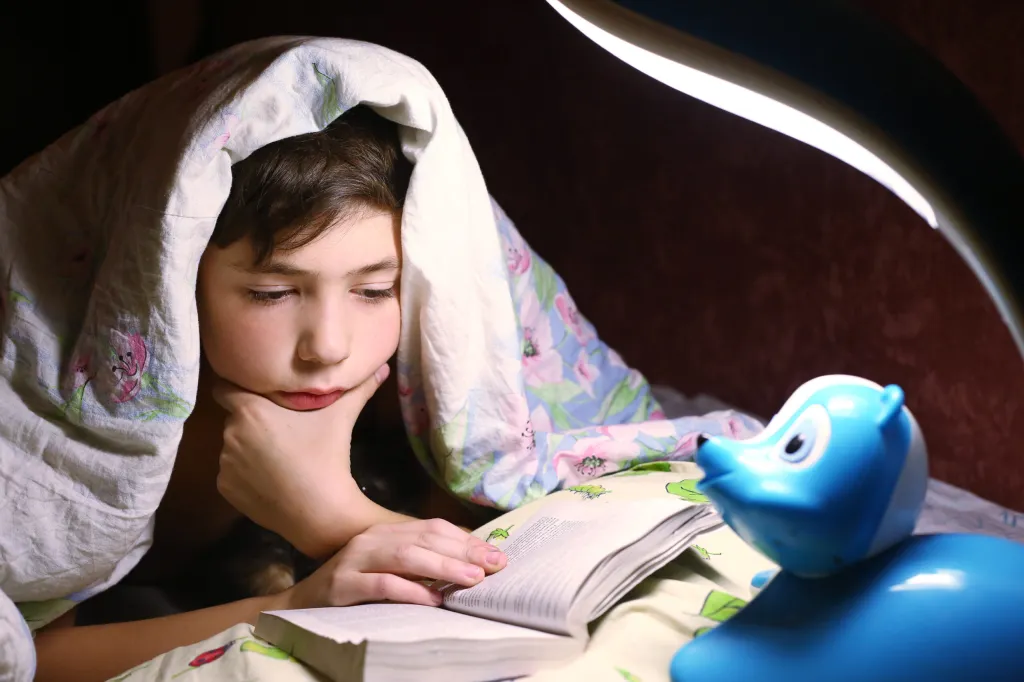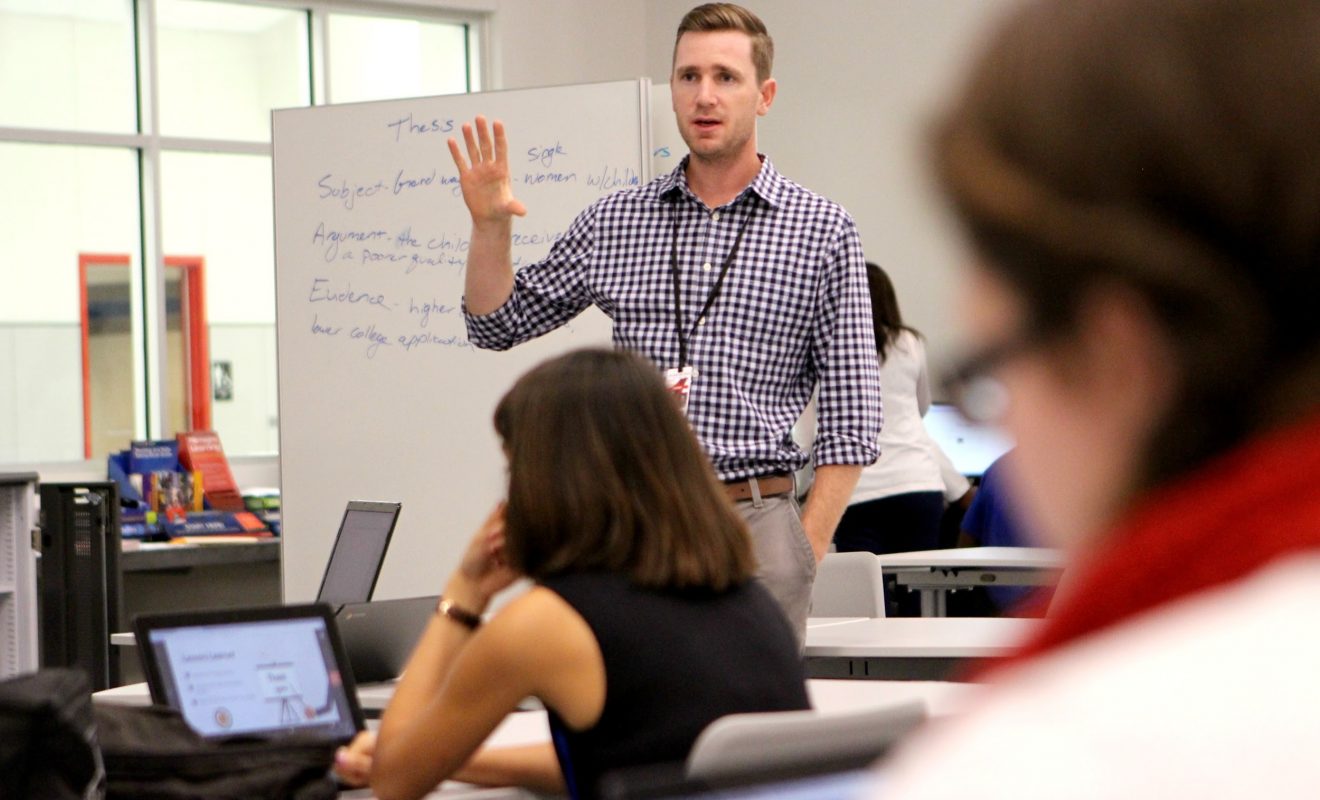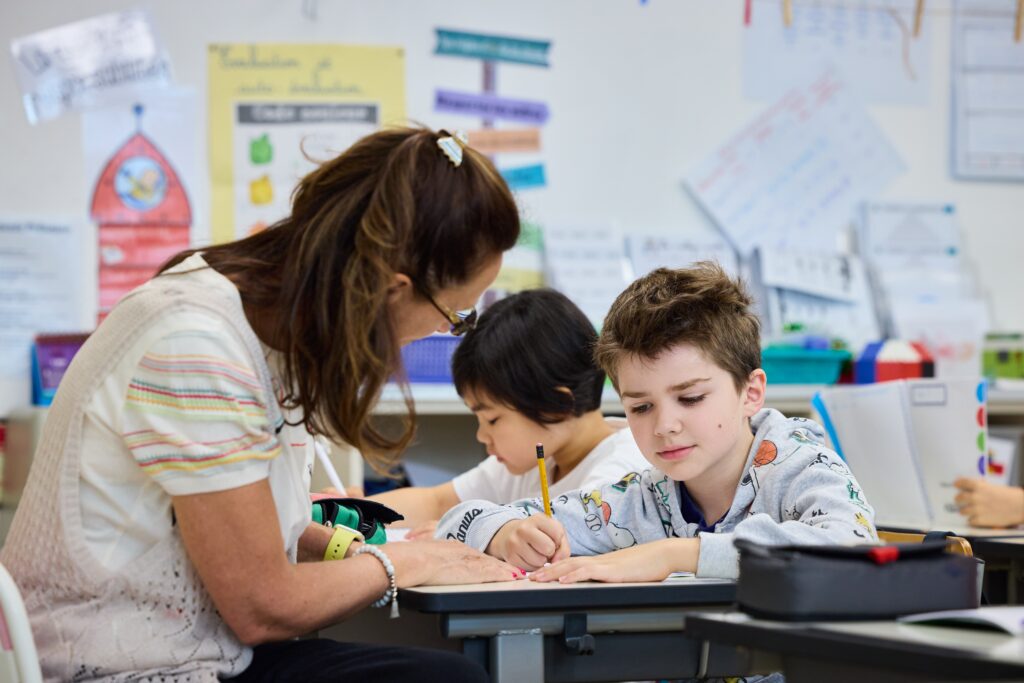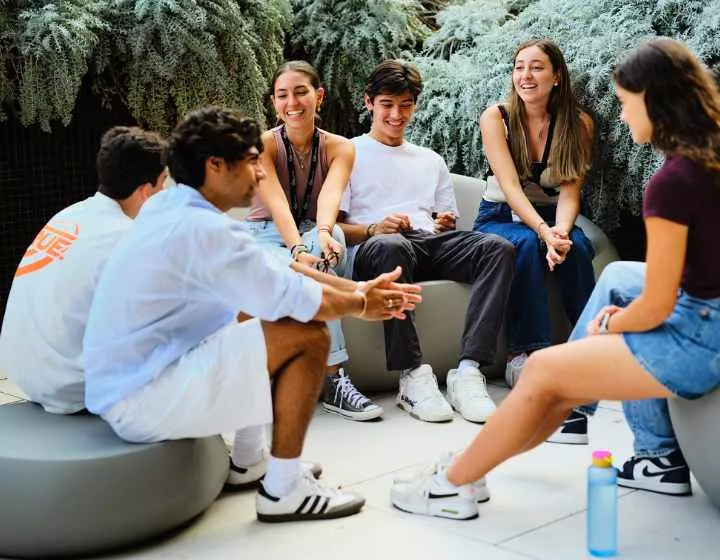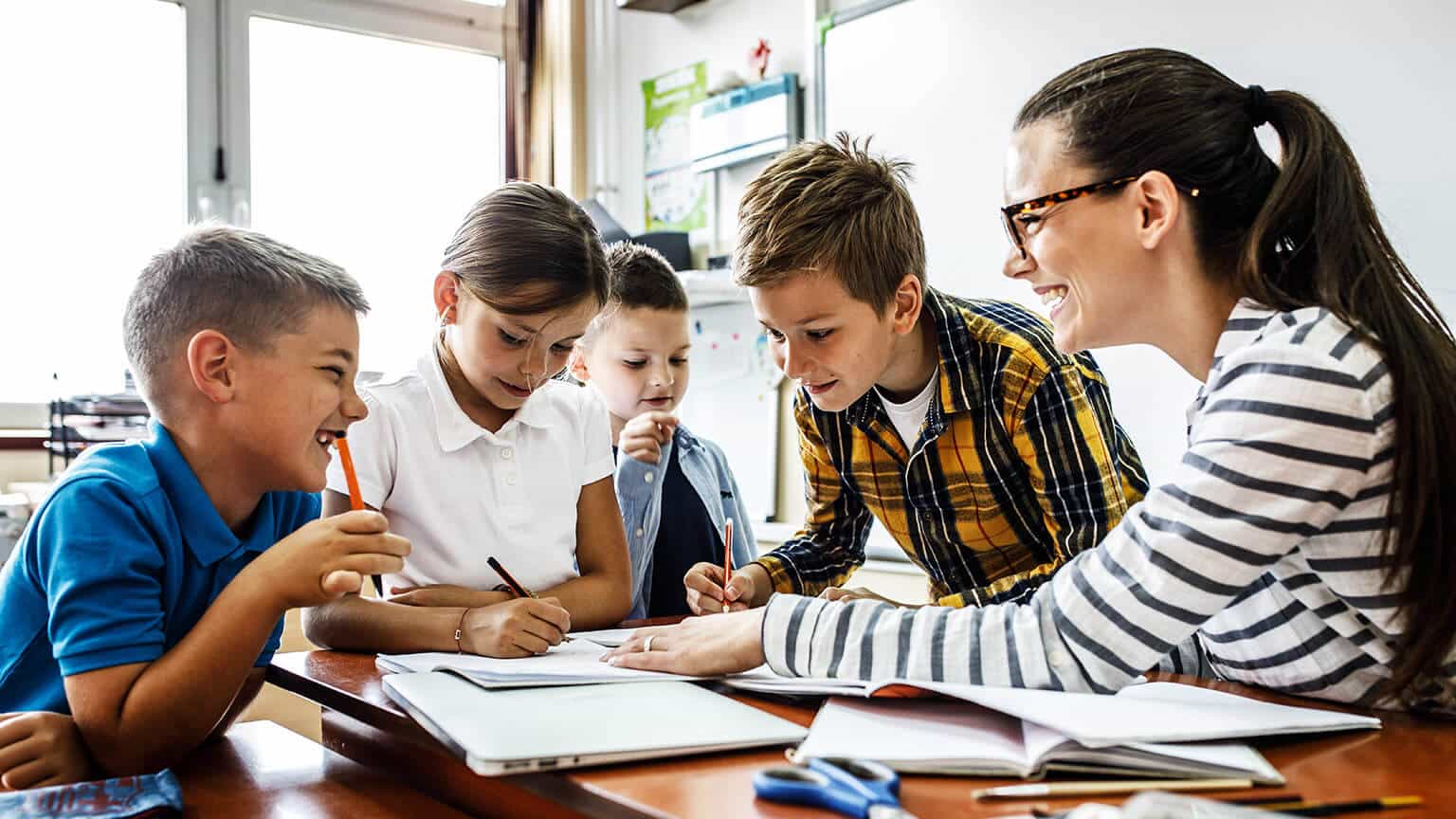The TGT collaborative learning technique
When was the last time your students missed the bus because they couldn’t stop studying? When was the last time the least interested student ran desperately to you because they needed to understand better and learn more? Sounds surreal, right? However, these are the results seen by teachers and educators who have used and recommend the TGT (teams, game, tournament) collaborative learning technique.

Professor Robert Slavin of Johns Hopkins University in Maryland developed this technique, in which after each unit studied, students compete in tournaments based on the material covered. This technique uses what children enjoy most to engage them in their studies: play!
We all know how difficult it is for our students to stop a soccer game mid-game; the competition, excitement, and adrenaline keep them from quitting. TGT’s goal is to bring this excitement and fun into the classroom.
This method can be applied to subjects where there is only one correct answer to the questions we ask, including most material in mathematics, the Mishna, the Talmud, science, English, Hebrew, and geography.
One potential disadvantage of TGT is that the excitement and adrenaline of tournaments can create a sense of disorder and turmoil in the classroom. To avoid this situation, we recommend combining this technique with other fun but calmer techniques, such as the STAD technique, which you can find in this pedagogy section.
How is this technique implemented?
Team formation. Groups of four or five members are formed. The purpose of these teams is to prepare together for tournaments. Each team should be made up of students from different academic levels: high, middle, and low.
The lessons. The teacher presents the material in a direct lecture. The teacher needs to focus solely on the unit the tournament will cover. Students will pay close attention, as understanding the lessons will be crucial to winning the tournament.
Teamwork. Once the teacher has presented the unit, students review the material. They can do this in pairs, by discussing in groups, by asking each other questions, or in any other way they wish. The group’s goal should be for its members to master the topic. We recommend that the teacher distribute worksheets to guide students and keep them focused.
Tournaments. At the end of the week, once the teacher hhavedelivered their lessons and the teams have reviewed the material and practiced using the study sheets, tournaments are held.
The teacher assigns students to tournament tables. Each table has three students; if necessary, there can be two tables with four members. To ensure fair competition, we assign tables to students of similar academic standing. Table 1 contains the three students with the highest academic standing, Table 2 contains the next three, and so on.
The teacher prepares a sheet with thirty questions, a sheet with thirty answers, and cards numbered from 1 to 30. Each table will receive a copy of the answer sheet, one of the question sheets, and 30 cards.
The cards are shuffled, an each student takes one. The student who drew the highest number goes first. They take another card and look at their number. The student to their left reads the question. If card 24 was chosen, question 24 will be read. That student answers the question. The third student can challenge the answer and offer another. In turn, the student who read the question can challenge the third student’s answer and offer their answer.
The person who answered correctly won the card. If someone answers incorrectly, they must return a card (if they already have one) to the pile. The next turn belongs to the student who read the question the previous time. The person to their left reads the question, and the student who had the previous turn is the first to challenge. If all the questions have been answered and there are still cards in the pile, play continues until the cards are gone or the period ends.
The students count their cards, the one who received the most cards wins 6 points for their team, the next wins 4 points, and the one who acquired the fewest cards wins only two.
If two people tie for first place, both earn 5 points. If two people tie for second place, both earn 3 points; if all three people tie, all three receive 4 points. Students write their results on a sheet of paper and hand it in to the teacher. We recommend stopping the game 10 minutes before the end of the period so students can count and record their results.
Table reassignment.T he coach receives the tournament results sheets and, based on them, reassigns the tables for the next tournament. This happens as follows:
We look at each table separately; the student with the highest score moves up to the next table, the one with the lowest score moves down, and the one in second place stays at that table.
For example, in Table 3, the person with the highest score moves up to Table 2, the person with the lowest score moves down to Table 4, and the person in second place stays at Table 3. In the event of a tie, the teacher randomly decides who moves up or down. The winner at table 1 stays there, and the person with the lowest score at the lowest table also stays there. Once the teacher has deciphered the new table assignment, they present it to the students. Students mustn’t know how the teacher decides which table they’re assigned to, but they should be assured that they’ll always have a fair competition. Recognizing Winners. Each week, the teacher tallies each team’s points and names the winning team, either by announcing them on the classroom bulletin board or through a weekly newsletter. In addition to announcing the winners, the teacher should consider other ways to reward them. Assessment. It’s not possible to evaluate students based on tournament results. Many teachers who implement this technique administer a test at the midterm and end of the term (bimester, quarter, or semester, depending on the system the school follows).
TGT teamwork
By using this technique, our students will learn to work as a team. Teams do their best to ensure their members’ success, and in turn, each member, even those least interested in their studies, does their best to not let their classmates down. The team is the most important component of TGT. Peers provide unique support and respect that can be key to students improving their academic performance and developing curiosity and a desire to continue learning.
The best we can provide to our students.
As teachers, iwe mustimpart knowledge and develop our students’ cognitive skills. However, the most valuable thing we can offer them is to awaken in them a thirst for knowledge and a genuine love of learning. This is precisely what we seek to achieve by implementing this technique. If we can get our students to connect learning with fun, we would be providing them with something invaluable, something that will undoubtedly help them throughout their personal and professional development.

